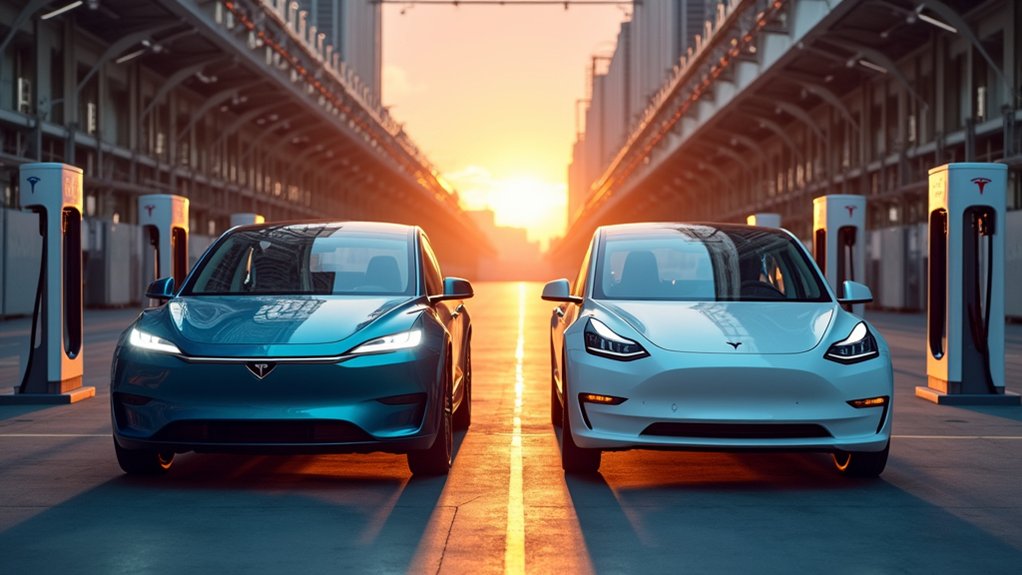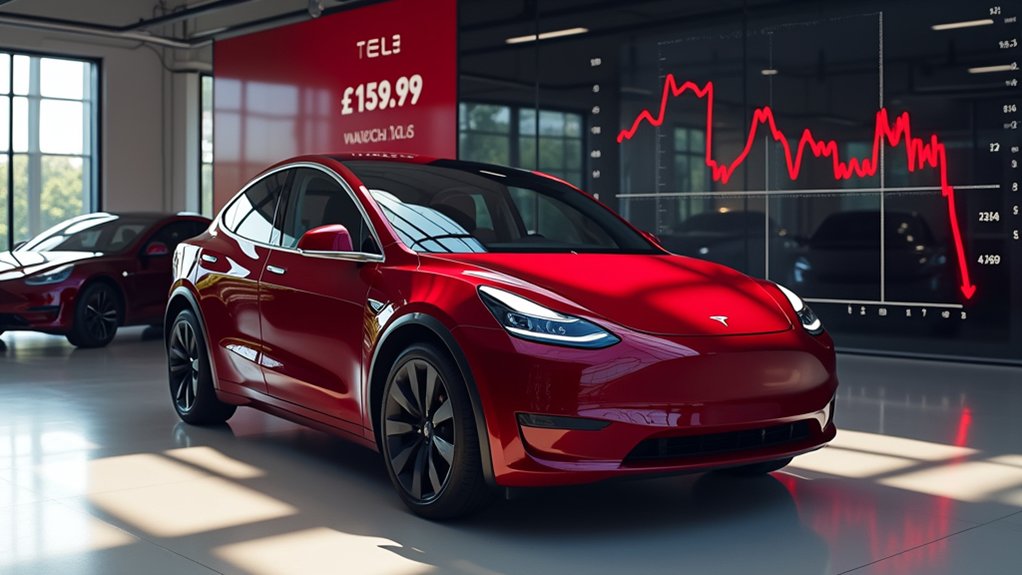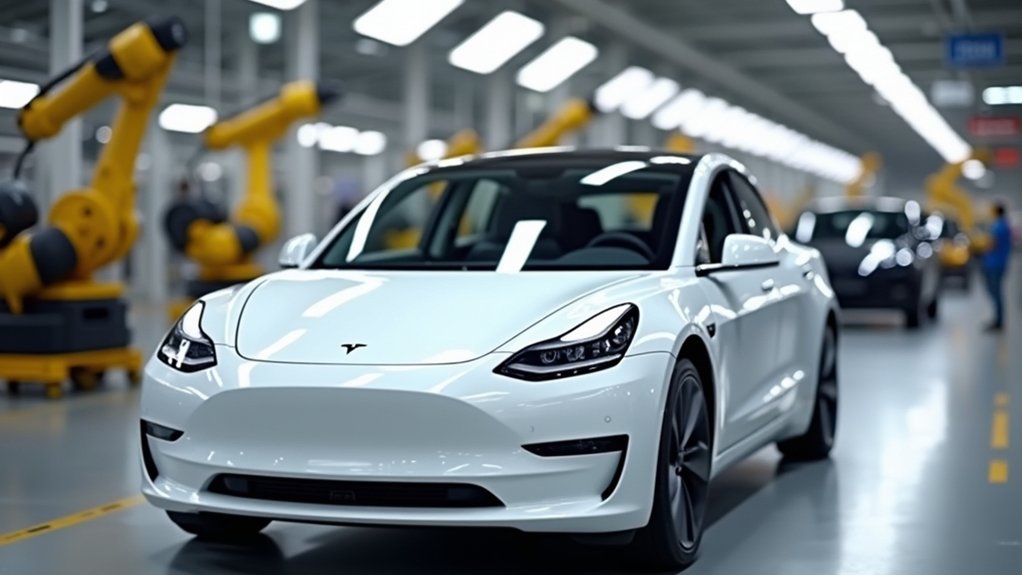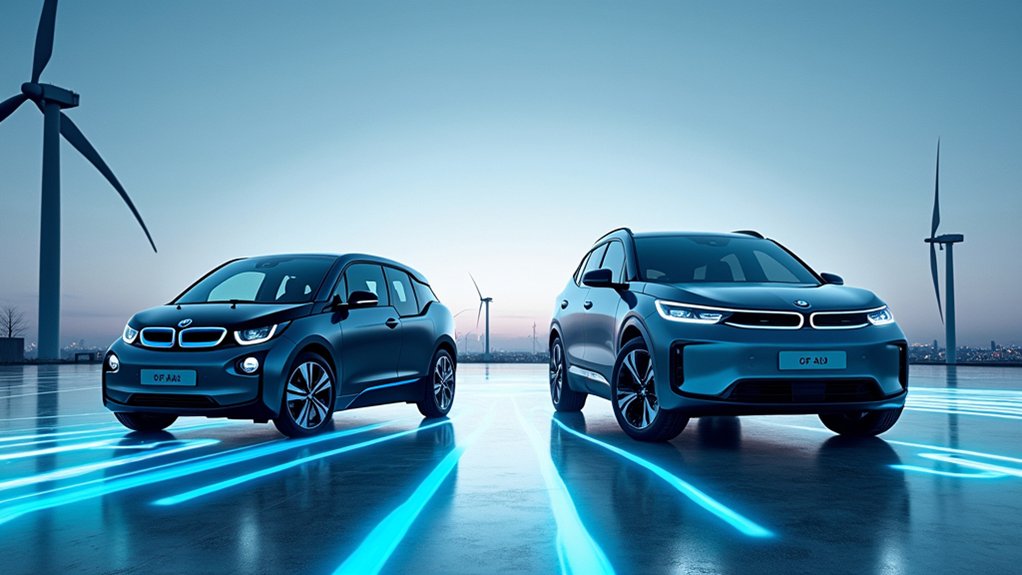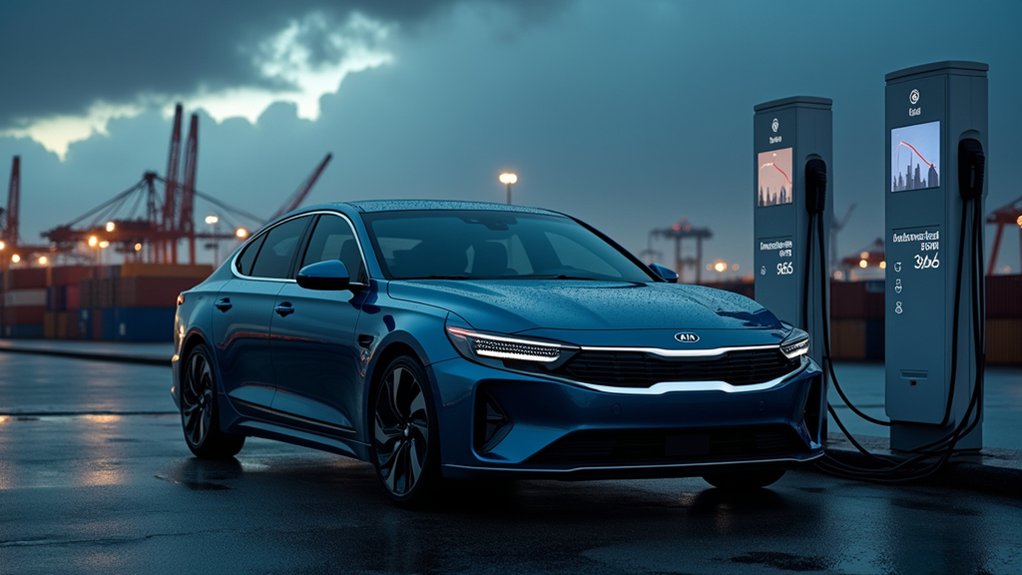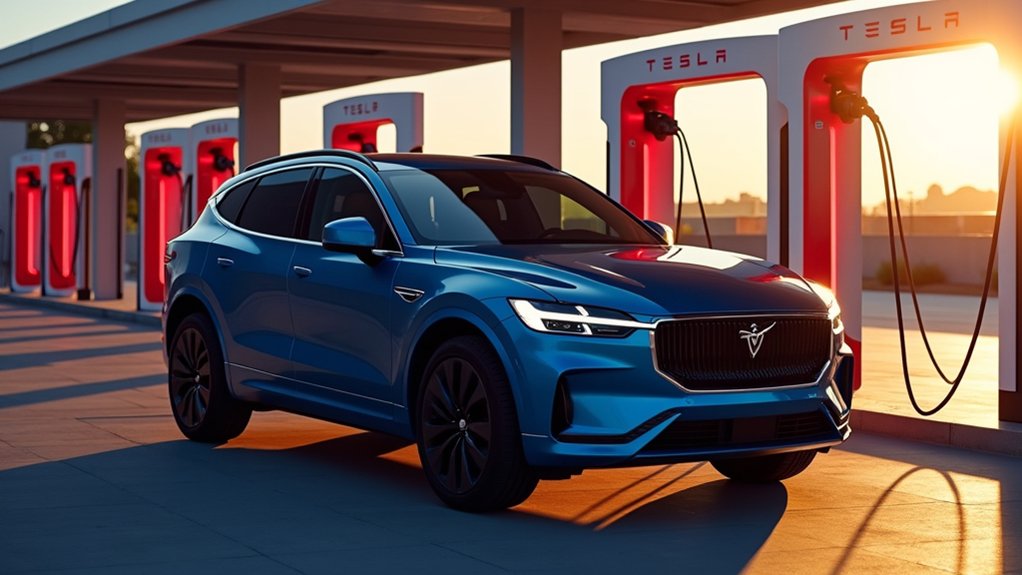While the electric vehicle market continues to evolve at a breakneck pace, BYD and Tesla have emerged as formidable competitors with distinctly different approaches to EV manufacturing. BYD’s value proposition centers on delivering exceptional range at a compelling price point, with the Seal Premium starting at $58,798—significantly undercutting Tesla’s Model 3 while offering greater range per dollar.
The Chinese manufacturer’s reliance on lithium iron phosphate (LFP) battery technology represents a strategic advantage. These packs deliver respectable performance metrics while sidestepping dependency on costly materials like cobalt. I’ve observed that BYD’s vertical integration approach pays dividends in production efficiency, allowing them to churn out an impressive 1.7 million EVs in 2024, surpassing Tesla’s output.
Tesla maintains significant advantages despite facing increasing price pressure. The Model 3’s efficiency metrics tell a compelling story: achieving 513km range from a mere 60kWh battery compared to BYD Seal’s requirement for an 82.56kWh pack to deliver 570km. This translates to substantially more miles per kilowatt-hour—a metric savvy EV buyers increasingly prioritize.
Charging infrastructure represents another battleground. Tesla’s 170kW DC fast charging capability edges out BYD’s 150kW standard, shaving approximately 20 minutes off typical charging sessions. Additionally, Tesla’s extensive Supercharger network provides a significant advantage for long-distance travel options. BYD’s breakthrough five-minute charging technology could radically alter this dynamic if successfully implemented at scale.
Build quality considerations continue favoring Tesla, especially following their 2024 refinements. Tesla offers a much more generous battery warranty coverage than BYD, providing twice the duration for this critical component. The American manufacturer’s sophisticated software ecosystem, featuring over-the-air updates and advanced driver assistance, maintains a qualitative edge that BYD hasn’t fully matched.
The competition ultimately benefits consumers. BYD’s cost-effective manufacturing enables aggressive pricing while Tesla’s technological prowess delivers superior efficiency. Recent sales figures show BYD’s dominance with 399,442 units delivered in September 2024 compared to Tesla’s 191,430. Range figures exceeding 400km for both models under typical driving conditions mean the practical difference is minimal for most users.
The decisive factors increasingly shift toward charging convenience, software experience, and regional pricing strategies—with BYD gaining serious momentum through its unrelenting focus on affordability.
